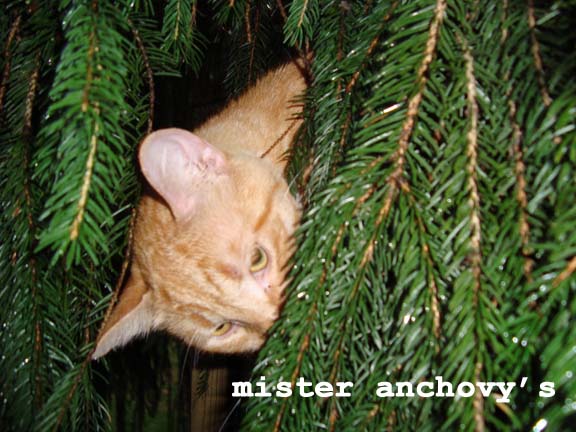Concertina time
When I first made contact with the fellow who would start me on the road to learning the diatonic button accordion, it took a few minutes of conversation for us to understand one another. "I want to learn the diatonic button accordion". "You mean the concertina?" "The concertina? I thought concertinas were those little hexagonal instruments." "Well, they're not really concertinas. We just call them concertinas. Is yours in GCF?" Of course after that, he always called it a concertina. I called it a button box or a button accordion or a squeezebox. Are you confused yet?
Here's the thing. When a Portuguese player plays a corridinho or a vira on a triple row diatonic button accordion, it's a concertina. If a Tejano player uses the same instrument to play a polka or a huapango, that player is playing the accordeon norteno.
If a Basque player plays a diatonic button accordion (usually the Basque players use a double row box), it is a Trikitixa. If you aren't confused yet, let me add that the Basque players use a trikitixa to play music they call trikitixa.
If a player from Northern Italy or Austria or Slovenia plays a diatonic button accordion, it is called a button box or a hand harmonika or a Steyrische harmonika. These are also sometimes called polka boxes or helicon boxes. The latter name refers to the helicon tuba. These boxes have long bass reeds with a distinctive oompah sound.
So let's forget for a minute that Portuguese concertinas aren't really concertinas at all and listen to some traditional concertina music from Portugal.
I've posted this video before, but it deserves more play. The player's name is Francisco Fernandes and he does a great job on this tune. It kind of looks like it was recorded in a public washroom, doesn't it?
This is: ponese Do Minho Concertina Vira. The Minho is a region in Northern Portugal. The concertina - well we know it's a diatonic button accordion. And a vira is a Portuguese dance which is played in waltz time. It isn't a waltz exactly though, is it? The drums really emphasize the beat in a different way. It doesn't flow the same way a waltz does. It isn't quite like a jig either.
Here's another vira, this time without the percussion.
Now add dancers
We think of the fandango as a Spanish dance, but it is also one of the major folk dances of Portugal. Here is a fandango on the "concertina".
.
Many Portuguese players have their instruments tuned in a way that is described as "wet" or "musette". This means that the two or three reeds that are played together as a note are tuned ever so slightly "off", creating a tremelo effect. Some players also mess with the arrangement of notes to make playing certain typical patterns easier. I think this is OK practice if you are going to stick to a certain regional style of music, but my diatonics are all tuned in the standard way.


No comments:
Post a Comment